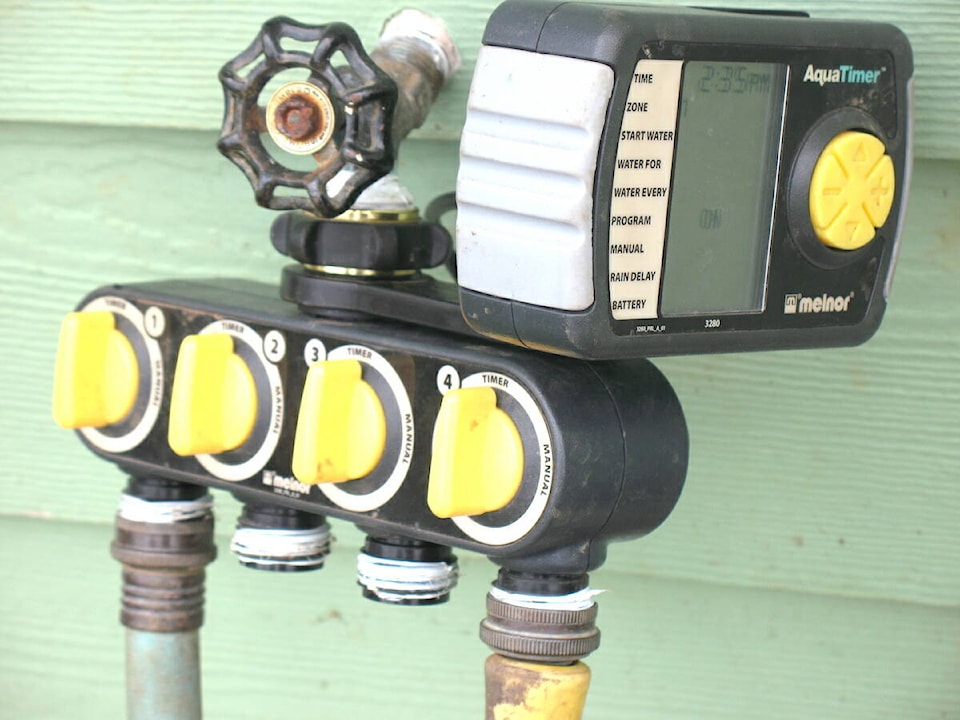By Mary Lowther
The unseasonal rains removed the need to water as frequently, forcing me to figure out the “rain delay” feature on my irrigation timer. Precipitation has been so infrequent during recent summers that I haven’t had to use this feature, but I finally had to learn how.
It’s just as important not to overwater as underwater; overwatering washes out nutrients and saturates the soil, killing soil organisms vital to plant life and preventing air from reaching plant roots.
Since my soil is mostly sand, I treat it as a substrate and grow hydroponically by using compost/weed tea every two weeks on all my plants, either as a spray or root soak that gardening author Steve Solomon refers to as “fertigation”.
I don’t sift the soil, manually digging it instead, to avoid disturbing the soil’s micro life and fungi threads. This fosters good connections with plant roots, extending their access to water in lower zones.
Fully mineralized soil sustains healthy plants that withstand drought better, so it is worth getting the soil tested to find out what amendments you need to add.
MB labs in Sidney still does this test at a reasonable cost.
Adding compost helps create a spongey soil that holds water, and regular doses of compost tea provide the plants with beneficial bacteria, viruses and enzymes, all of which enhance water retention.
Plants grown farther apart require less water, and still produce almost as much, not only because they require less watering but also because they have access to more nutrients. Solomon has written a great little book on the subject entitled Gardening Without Irrigation: or without much, anyway.
I employ two watering methods: newly sown beds get hand-watered until they’re a few inches tall, then they go onto the same schedule as everything else; half an hour every three days from soaker hoses, hooked up to a timer that faithfully delivers the goods in the middle of the night when there’s less evaporation.
If I had a lawn that required a sprinkler, I’d hook that up to the timer as well, set up the same way as the garden so the grass wouldn’t get overwatered.
My timer has four spigots that can be set independently of each other, so each zone gets equal water pressure.
Soaker hoses with the timer fit nicely into watering restrictions when we have a drought, and when I figure out the “rain delay” I won’t have to turn the tap on and off, leaving more time for actual gardening, which reminds me of two more advantages of soaker hoses: less weeding and far less insect infestation.
This leaves more time for planting, harvesting and (here’s the best part) eating my delicious produce. After all, we do this for a reason.
Please contact mary_lowther@yahoo.ca with questions and suggestions since I need all the help I can get.
